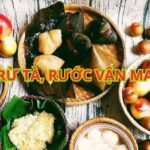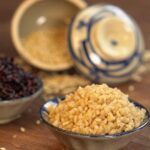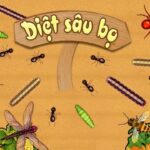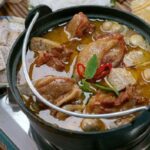
Bánh gio, a delicacy that graces the altar during the Tết Đoan Ngọ festival, is a traditional Vietnamese cake made from sticky rice, betel leaves, and alkaline water. This mouth-watering treat is a must-have for any festive occasion.
Known as bánh gio in Hanoi, this delicacy is also called by various names in different regions, such as bánh tro, bánh ú tro, or bánh nẳng. The key ingredients remain the same: sticky rice of the highest quality, betel leaves that impart a unique fragrance and a gorgeous amber hue, and alkaline water derived from burnt tree barks or banana peels, giving the cake its distinctive shape—either long and flat or conical.

These cakes come in various shapes, each one a work of art crafted with care.
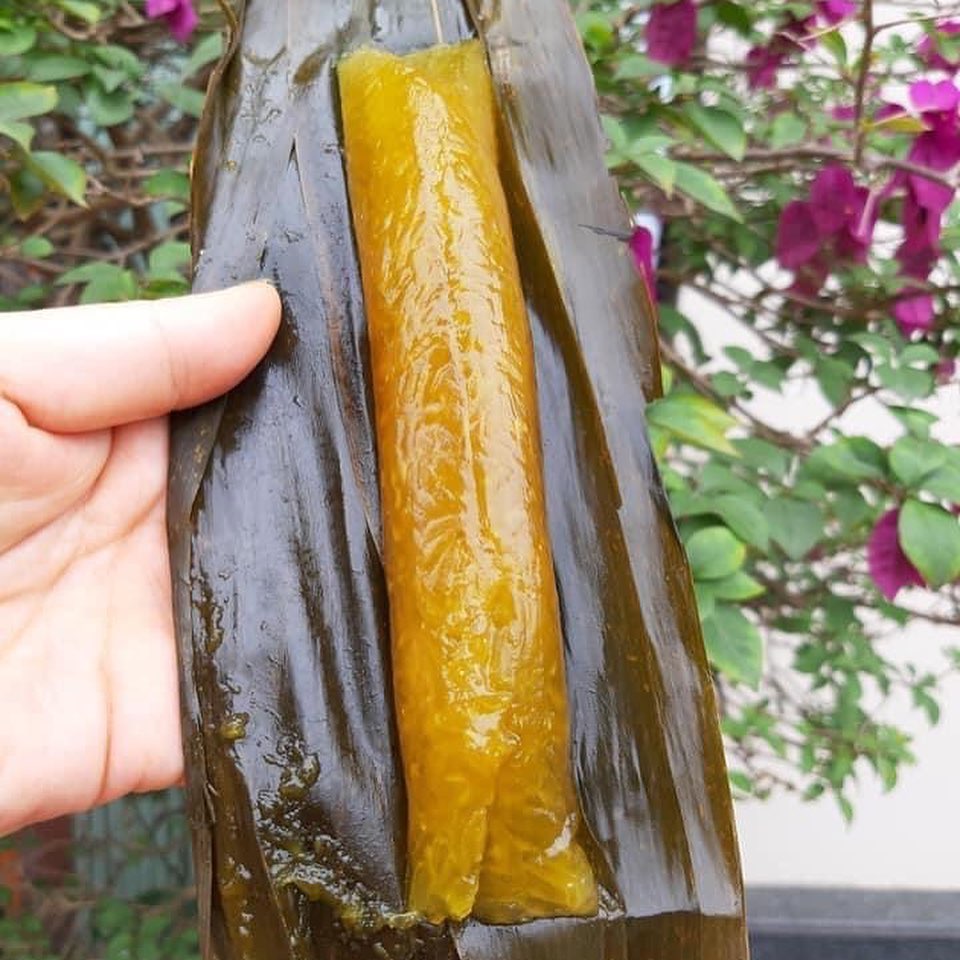
Some are long and slender, while others are conical.
Each cake is meticulously wrapped in betel leaves, creating a beautiful natural package. When it’s time to indulge, diners unwrap the leaves and drizzle the cake with a generous amount of molasses, made from sugarcane grown in sandy soil, adding a deep, sweet flavor to the treat.
In Hanoi, you can find these delicious cakes at various markets during the Tết Đoan Ngọ festival. Here are three renowned spots where you can buy bánh gio, with prices starting at just 5,000 VND per cake:
1. Bánh Gio by Cô Hải at Chợ Hôm Market:
Located in a small corner right at the entrance of Chợ Hôm Market, Cô Hải’s bánh gio stand has become a beloved destination for locals craving a sweet treat. Her cakes, a beautiful amber color, become even more alluring when drenched in transparent molasses, resembling amber. Each bite releases a burst of sweet, delicate flavors. Over the years, the quality may have varied, and sometimes the cakes might be a tad drier or the molasses less intense, but it remains a favorite for many.
2. Ngõ Chợ Đồng Xuân Market:
Famous for its diverse offerings, Chợ Đồng Xuân also boasts a plethora of delicious treats hidden in its alleys. During Tết Đoan Ngọ, you’ll find everything you need for your altar, from fruits to sticky black rice and, of course, bánh gio. The cakes sold here are of exceptional quality, with a strong molasses flavor and a beautiful amber hue. Keep an eye out for the small stalls at the market’s entrance and within the market itself.
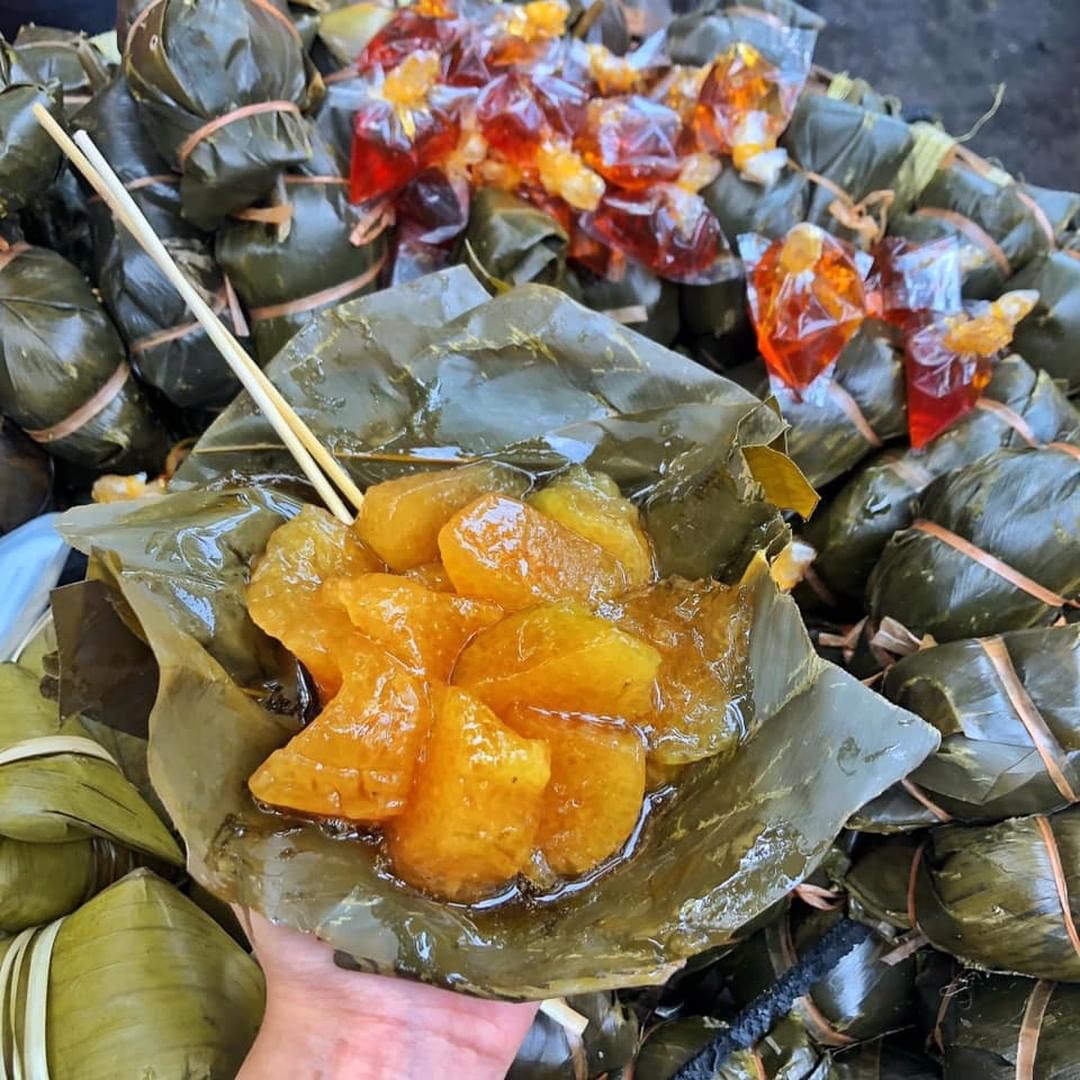
Mark your calendars for the 5th of May (lunar calendar) and indulge in this traditional treat!
Chợ Hàng Bè, located in the heart of the ancient quarter, is renowned for its offerings of altar items and ready-made dishes like fish stew, braised pork belly, and meat jelly. Bánh gio, sticky black rice, and fruits are also available here. The cakes sold at this market are crafted by families with a long tradition of making these treats, ensuring both delicious flavors and beautiful presentations. While the prices might be slightly higher, the quality justifies the expense. The cakes are fragrant, with a stunning amber color, perfect for gifting or enjoying at home.
Title: Ancient Superstitions: Unraveling the Fear Behind the 5th of May in the Lunar Calendar
“For as long as anyone can remember, the elders have passed down a saying about the dread surrounding the 5th of May in the lunar calendar. This day is often associated with bad luck, and various traditional activities are performed to ward off any potential misfortune. Superstitions and taboos are taken very seriously on this particular day.”

























